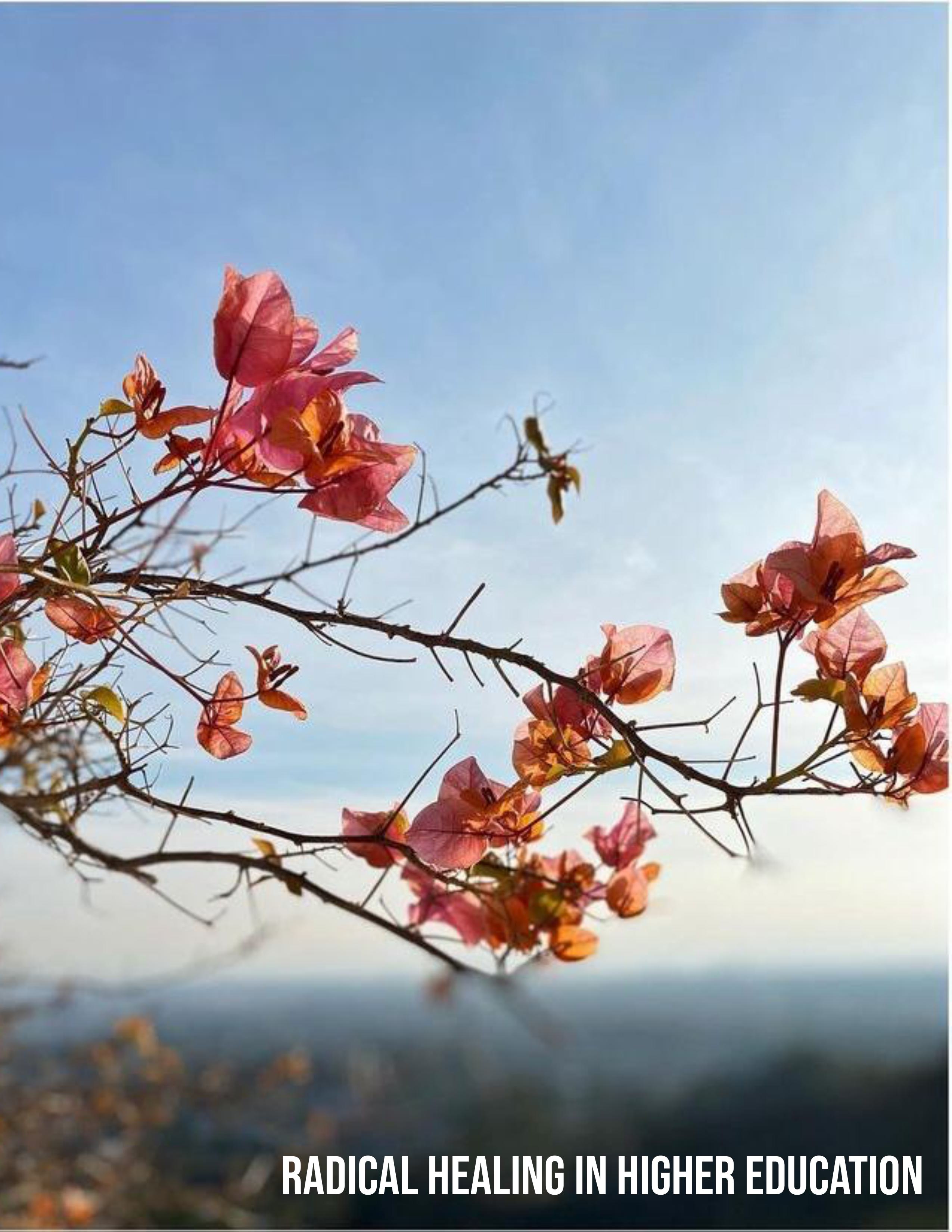What Indigenous Futurity Can Teach Us about Healing Sexual Violence for Minoritized Students in Higher Education
DOI:
https://doi.org/10.70085/jtse.v3i3.6837Keywords:
sexual violence, healing, minoritized students, higher education, Indigenous FuturityAbstract
Critical scholars of sexual violence in higher education have highlighted the inequities and gaps that Minoritized students face in their search for support after experiencing violence on campus. As described by critical scholar Harris (2020), “healing often mitigates negative outcomes that stem from experiencing sexual assault” (pp. 249). In this article, I first explain the importance of understanding spatial geographies in the context of sexual violence for Minoritized survivors on university campuses. Second, I explore the concept of spatial futurity broadly, specifically Laura Harjo’s scholarship on Indigenous Futurity, as a guiding framework to transform experiences of violence into tools of action and healing. Finally, I discuss the healing experiences of Minoritized sexual violence survivors from a qualitative study that utilized Indigenous Research Methods and focused on Harjo’s concept of Emergence Geographies to explore research and practical implications for sexual violence response in higher education for Indigenous and other Minoritized students.
Downloads
Downloads
Published
How to Cite
Issue
Section
License
Copyright (c) 2025 Journal of Trauma Studies in Education

This work is licensed under a Creative Commons Attribution-NonCommercial-NoDerivatives 4.0 International License.
Upon publication articles are immediately and freely available to anyone, anywhere, at any time. All published articles are licensed under a Creative Commons Attribution-NonCommercial-NoDerivs 4.0 Unported License. All articles are permanently available online. The final version of articles may be posted to an institutional repository or to the author's own website as long as the article includes a link back to the original article posted on JTSE.


